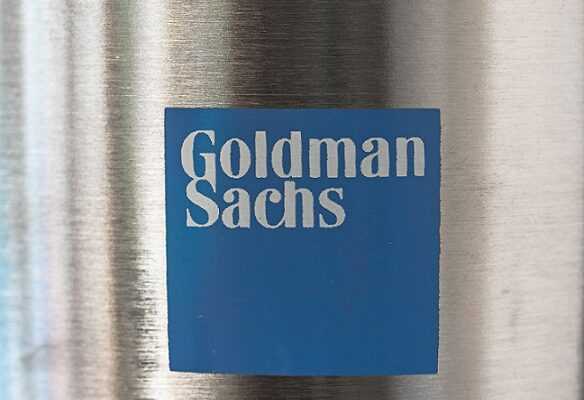by Yoruk Bahceli
March 9 (Reuters) – Global financial conditions have reached a level of stress not seen since early 2016 due to soaring energy prices, falling stock markets and market turbulence caused by the Russian invasion in Ukraine.
Financial conditions, which reflect the availability of financing for the economy, are closely monitored by central banks because their evolution is strongly correlated with that of future growth, since they influence the spending, investments and savings of households as well as businesses.
Goldman Sachs, which incorporates variables including exchange rates, stock prices and credit costs into the calculation of widely used indices, has shown in the past that a 100 basis point tightening in financial conditions cuts growth of one percentage point over a one-year horizon, a correlation also valid in the opposite direction.
The ongoing tightening comes at a bad time for the global economy despite the still extremely accommodative bias in monetary policies, as the recovery is already threatened by the repercussions of rising energy prices such as disruptions in supply chains.
The Goldman Sachs Financial Conditions Index (FCI) closed at 100.7 points on Tuesday, at the level of February 2016, which corresponds to a tightening of 70 basis points compared to its long-term average and 110 points from its level before the invasion of Ukraine.
This increase is primarily due to the tightening of financial conditions in Russia since the local FCI index jumped to 123 against 98 at the beginning of February, i.e. to its highest level ever, with the fall of the ruble and the doubling of interest rates. .
If the current dynamic fuels inflation and “if central banks take their mandate seriously”, we will see a further tightening of financial conditions”, said Rene Albrecht, head of strategy at DZ Bank.
“The economic dynamic will continue to slow down, inflation will still remain high and we will see second-round effects, then a scenario of stagflation,” he explains, referring to the conjunction between high inflation and growth. slow down.
This mechanism could be particularly painful for certain emerging countries.
The rating agency Moody’s thus estimated in a recent study that “the pressures on the prices of raw materials will probably lead in certain emerging countries to a depreciation of the currency and to increased inflation, through imported inflation, which will lead to tighter financial conditions and lower growth.”
“The extent of the consequences on each of the countries concerned will depend on their status as net importers or net exporters of raw materials”, added Moody’s, which expects that importers, such as China, Turkey, South Korea, Japan, India and Indonesia are the most affected.
Highly dependent on Russia for its energy supply, the euro zone is also exposed since financial conditions there had not been so tight since November 2020.
The regional financial conditions index has gained 60 basis points since the beginning of February, a development partly due to the change of rhetoric of the European Central Bank (ECB), which opened the door on February 3 to a rate hike this year. .
The ECB is expected to clarify its intentions Thursday after its second monetary policy meeting of the year, to take into account the impact of the conflict in Ukraine on economic activity and prices.
If it maintains its choice to gradually reduce its purchases of assets on the markets and then to raise its rates, as planned before the invasion, the tightening of financial conditions in the euro zone could return to its level of the beginning of the pandemic, or even to the debt crisis a decade ago, said Viraj Patel, macro strategist at Vanda Research.
(Report Yoruk Bahceli, with Sujata Rao, Marc Jones and Jamie McGeever; French version Marc Angrand, edited by Jean-Michel Bélot)
